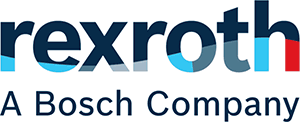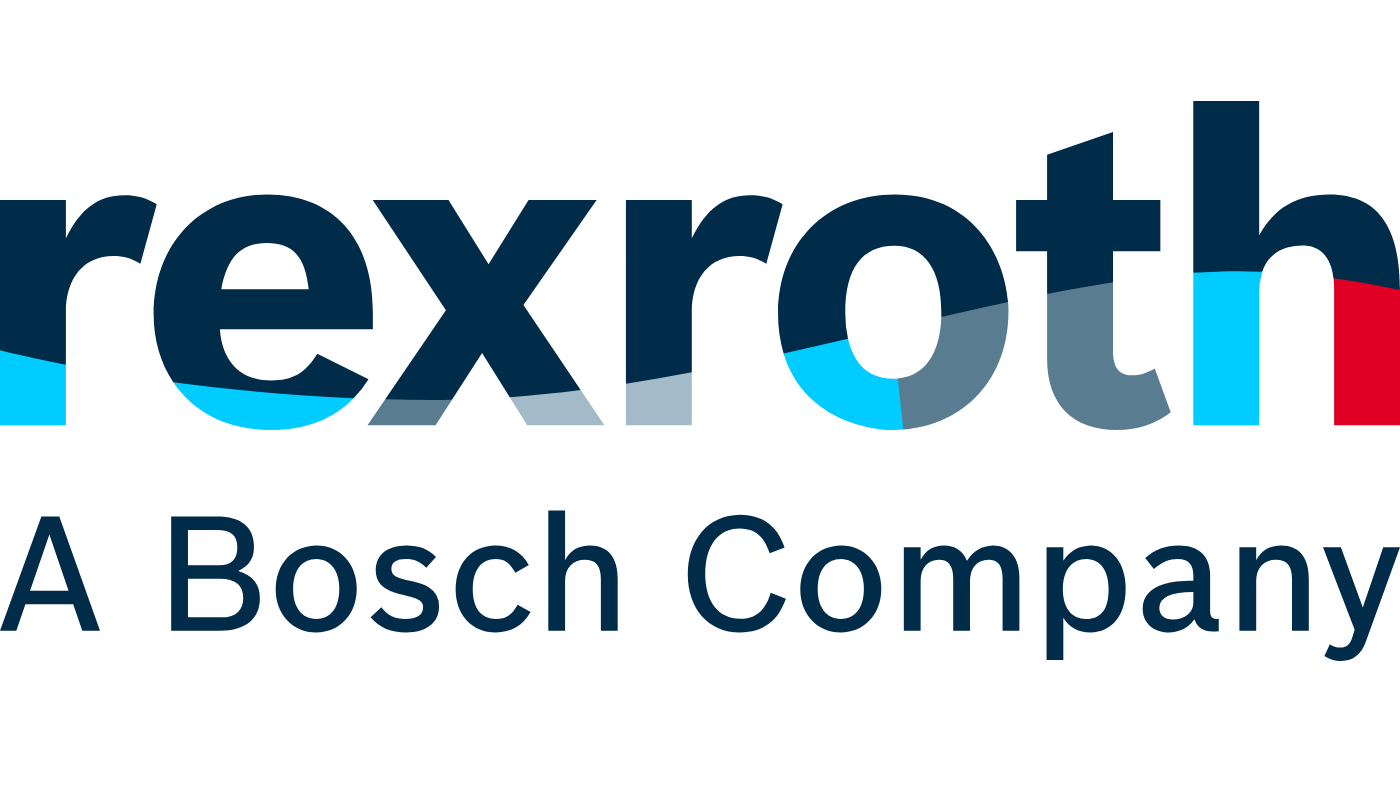Industries
Overview- Agriculture and Forestry
- Automotive
- Battery production
- Chemical processing
- Construction and Infrastructure
- Energy and Utilities
- Healthcare
- Hydrogen
- Logistics and Transport
- Materials and Resources
- Pharmaceutics
- Recycling and Waste handling
- Renewable energies
- Semiconductors and Electronics
- Testing Technology
- Civil Engineering
- CPG
- Building Automation
- Warehouse Automation
- Aerospace
Service
OverviewBuy
OverviewBlog
OverviewProduct groups
OvervieweConfigurators and Tools
Overview

Automated Assembly Lines and Regulatory Compliance
Assembly lines were the cornerstone of the industrial revolution, allowing manufacturers to scale production to meet the growing needs of consumers.
Automation was the next leap forward for assembly lines, as manufacturers began to use robotics, artificial intelligence (AI) and machine learning (ML) to streamline processes and improve production quality.
Applying technological advancements to manufacturing environments is often beneficial, helping to improve efficiency, quality, and scalability. However, new technologies can complicate regulatory compliance.
Regulatory Agencies
In the U.S., automated assembly lines are required to comply with official regulations designed to ensure worker safety, environmental protection, and fair labor practices. These regulations are enforced by federal agencies including OSHA, CDC, DOL, and EPA.
Occupational Safety and Health Administration (OSHA)
OSHA governs safe and healthy working conditions for automated assembly lines, protecting workers from potential hazards associated with machinery and automation. These include regulations covering machine guarding, lockout/tagout, and other regulations to protect worker health and safety.
Center for Disease Control (CDC) 1
The CDC isn’t concerned with viruses alone. The agency also provides guidance through the National Institute of Occupational Safety and Health (NIOSH) Manufacturing Program. Automated assembly line operators can utilize guidance provided by NIOSH to help prevent injuries and fatalities from contact with equipment, work-related illnesses and stress, and research into new and emerging technologies.
Department of Labor (DOL)
The DOL enforces regulations that cover workers’ rights in the workplace. To remain compliance, manufacturers must comply with federal regulations like the Americans with Disabilities Act, the Fair Labor Standards Act, Family & Medical Leave Act, and more. They must also ensure compliance with state and local regulations, as applicable.
Aluminum Framing & Safety
Aluminum framing is beneficial for safe and healthy manufacturing environments because it is:
- Lightweight & Strong
- Flexible & Modular
- Resistant to Corrosion
- Highly Conductive
- Recyclable


